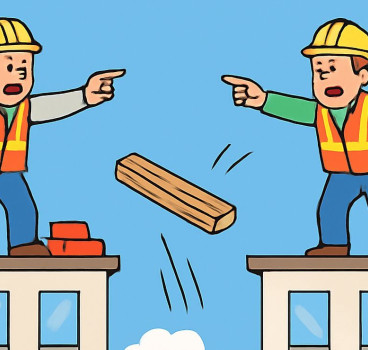Climate change and our carbon footprint
Global warming issues are once again in the news and we all watched with interest, developments at the World Economic Forum in Davos where the evidence is loud and clear, that we have an urgent need to curb emissions if we are going to come anywhere near the ambitious 2050 climate change targets.
As in previous years, climate change and carbon emissions featured prominently at the WEF this year. The Indian Prime Minister Narendra Modi used his opening address to warn us of the effects that exploitation of natural resources could have on humanity, while Anand Mahindra, co-chair of the WEF and chairman of one of India's largest conglomerates described cutting carbon emissions as not only good for the environment, but a commercial opportunity. He said: “Everything that our group of companies have done to try and improve energy or to reduce greenhouse gases, has actually given us a return" and pointing out that over the last five years Mahindra (the conglomerate) has saved almost 60 million kWhs of energy - enough to supply power to 15,000 homes. French President Emmanuel Macron also urged listeners to take heed of calls for action on climate change and laid out his ambition to make France "a model in the fight against climate change", with plans to phase out coal-burning.
In stark contrast, the message from the United States of America couldn't have been more different – after pulling the US out of the Paris climate agreement in one of his first acts as President, and his recent tax levied against imported solar panels, it's unsurprising that Donald Trump didn't mention climate change or carbon emissions at all in his address.
However, the WEF's website is thankfully quite positive about the future potential for action on climate change, stating: “By being more innovative and efficient, and working with suppliers and local economies, companies are finding ways to cut carbon and costs. Between now and 2030, the world will spend $90 trillion on infrastructure. How those investments are directed will make all the difference.”
They go on to state that we have a choice: to lock in backwards-looking technologies, or to spend this $90 trillion investment on sustainable projects: “Companies that prioritise clean technology, like renewables, and avoid investing in high-carbon infrastructure are not only being environmentally responsible, they are also future-proofing their growth by factoring in long-term risk and positioning themselves as winners of the low-carbon economy.”
So how does all of this affect us?
In Europe around 40% of the energy used is in buildings and up to 60% of that comes from heating and cooling, with much of that energy coming from the burning of fossil fuels. Installing high performing insulants such a PIR into our buildings (which are currently amongst the least energy efficient in Europe) is one of the simplest and most cost-effective ways to reduce energy demand and cut CO2.
Over the past 15 years or so, there has been a range of policies and initiatives to improve the building stock. Whilst some improvements have been made and plenty of homes are better than they were, we still have many homes that are woefully inadequate, with occupants and owners living in fuel poverty without the means to upgrade their property or without the understanding of how to.
The PIR industry is ready and waiting to meet the challenge to improve all existing buildings. Via participation in the work of the Each Home Counts initiative we are working with others to ensure that energy efficiency measures are effective through good design and installation procedures and that compliance and redress routes are in place to ensure this happens.
At a time when the construction industry is faced with change and political uncertainty, the PIR insulation industry is well poised to help deliver better performing buildings both now and in the future, as well as playing a part in the UK achieving the ambitions of the Paris climate agreement.
Additional Blogs

Construction’s obsession with blame instead of learning
Construction is one of the most technically advanced industries in the built environment, yet culturally it often behaves like one of the least reflective. When things go wrong and they frequently...
Read moreHow risk Is routinely pushed down the supply chain
Risk is an unavoidable part of construction. Every project involves uncertainty around ground conditions, weather, design coordination, procurement, labour and programme. Yet while risk is inherent,...
Read more

What if Building Control went fully digital?
Building control governs structural integrity, fire protection, energy efficiency, accessibility and countless other aspects of design and construction. Historically, this process has been highly...
Read more